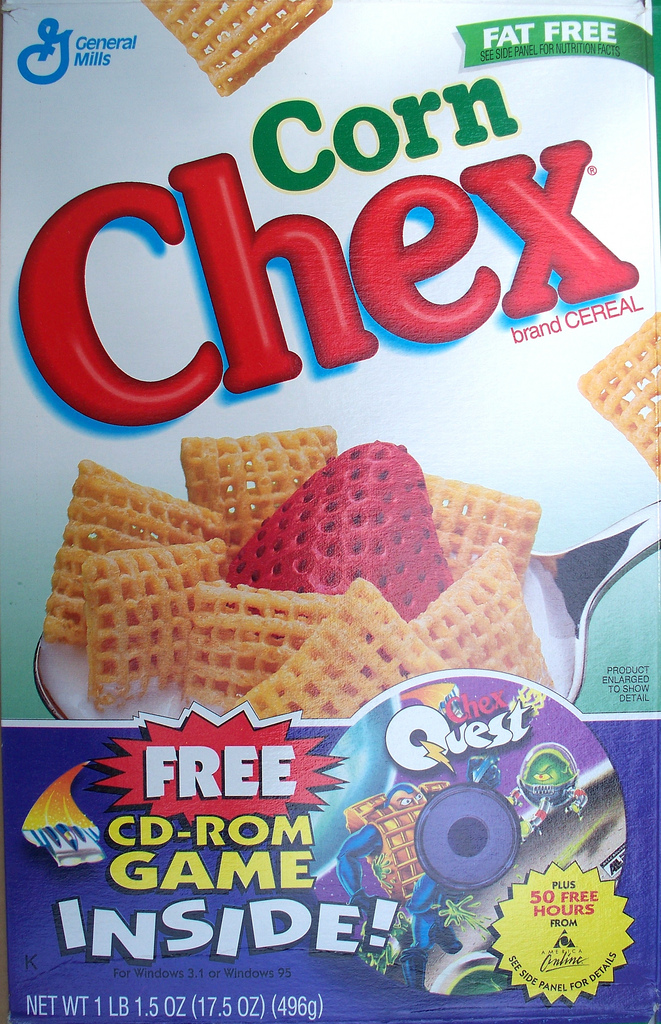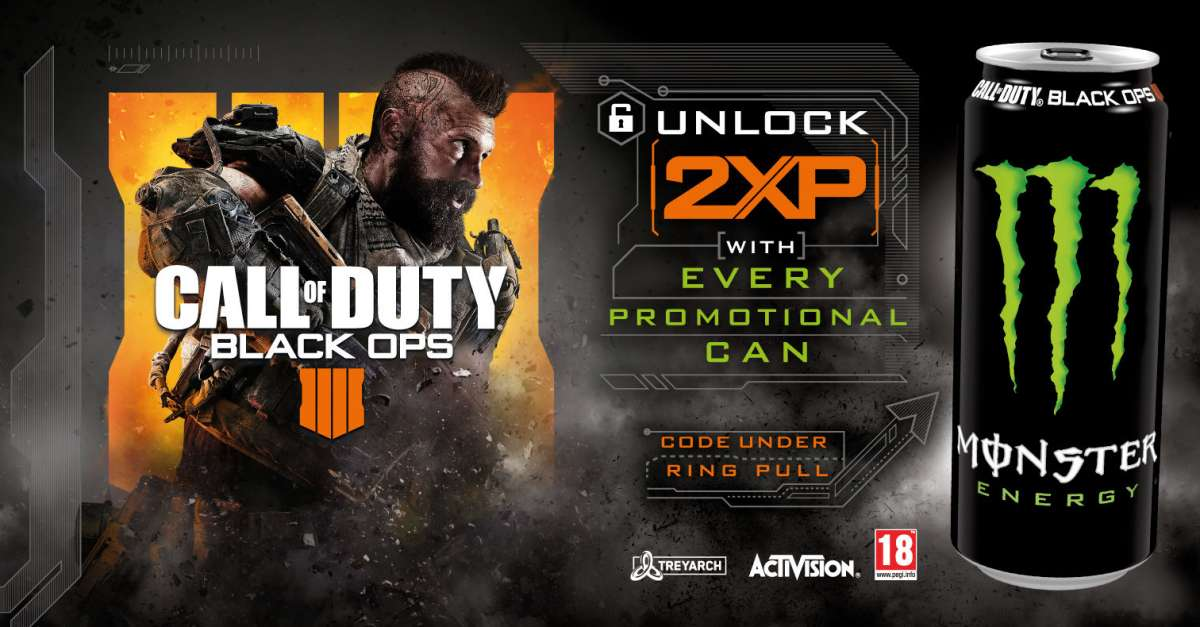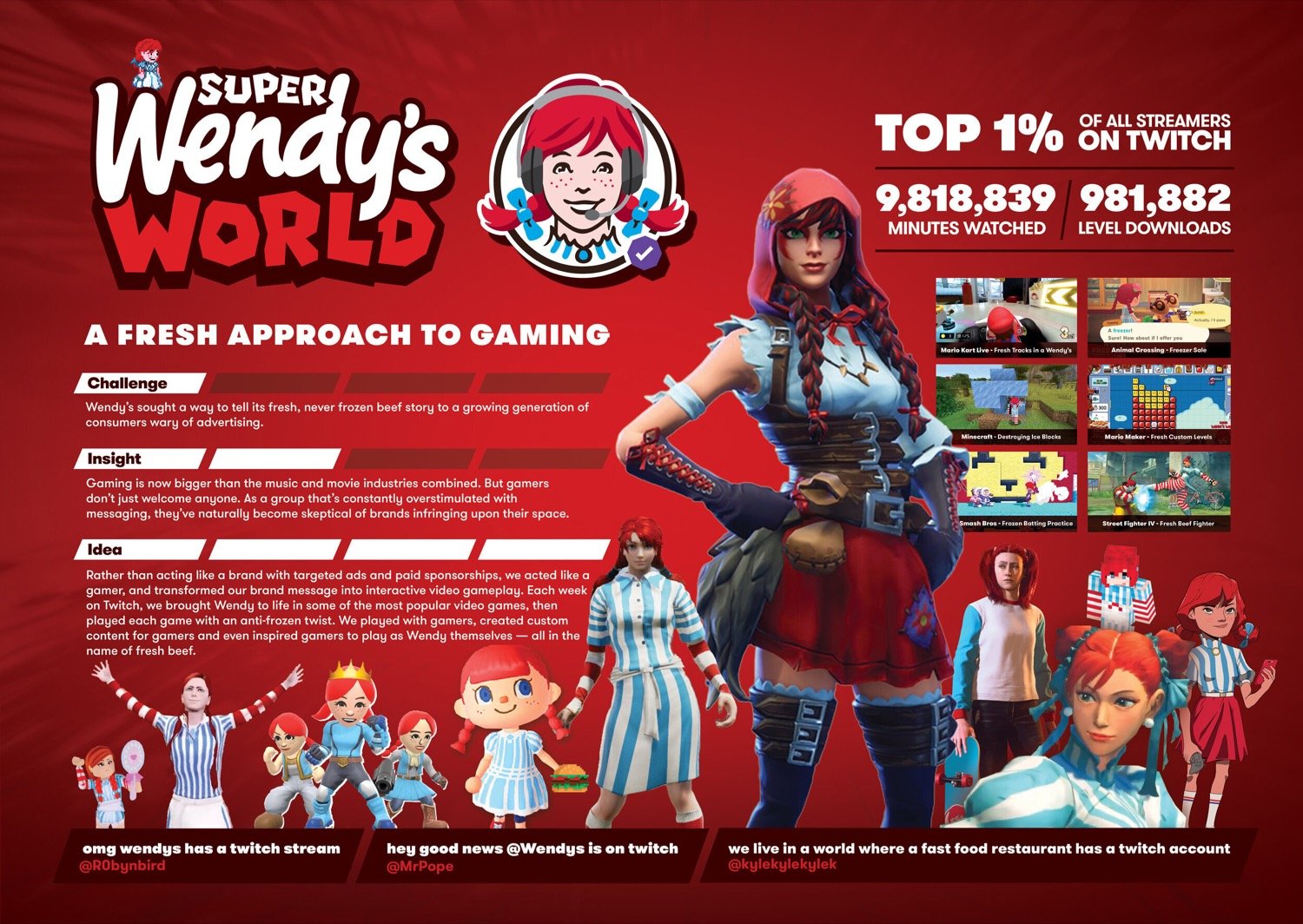

What has typically been a niche area of investment for advertisers is becoming an exciting new opportunity as the gaming industry evolves and takes on a more dynamic role in the media landscape.
When you think of computer gaming, your mind may throw you back to Pong (1972) or perhaps Pinball Space Cadet (1995), or any number of the first games you encountered growing up. And when you think of console gaming, you may conjure up visions of your old Gameboy (1989) or Nintendo 64 (1996). The issue with this line of thinking is that none of these gaming options offered advertising capabilities.
Many may think of gaming based on what they grew up with playing and haven’t seen the changes the industry has been making and the opportunities it now presents, and will present in the future, as technology evolves.
With the evolution of this space, we need to look at gaming as a whole but also as separate areas with the unique opportunities that each possesses. We will discuss online gaming, mobile gaming, and console gaming and the main things advertisers should keep in mind when approaching each section of the industry.
ONLINE GAMING
Perhaps the first iteration of gaming to integrate advertising in a big way, online gaming has a lower barrier to entry for advertisers looking to test out this type of media.

Though we may typically think of computer games and online gaming as synonymous, advertising through computer games pre-dates the modern internet. Advertisers began integrating product placement into downloaded games on the computer and eventually even created games of their own that could be access through CD ROM. A game dedicated to Captain Crunch, Cheetos, or even Pepsi could entertain a child while using that company’s known characters and brand to effectively advertise and keep themselves top of mind.
And it only got more integrated from there, as computer gaming shifted more heavily to online gaming, marketers were able to gather more information on who was playing and how to reach them in this medium. On top of product placement or their own games, advertisers could now place banner ads or pop-up ads on websites that featured games that aligned with their target audience.
Online gaming remains one of the more natural ways for advertisers to integrate advertisements into gaming, not unexpected by the players, and more precisely targeted than other areas of the gaming industry as their user profiles are tied to their online accounts. These accounts are now beginning to bleed into console and mobile gaming as they offer cross-channel integration through a single user profile.
The COVID-19 pandemic helped grow the segment of users who considered themselves online gamers, with 21.9% growth in revenue for the industry after 2020, and the average revenue per user (ARPU) in the online games segment projected to amount to US$21.93 in 2022. This presents a massive opportunity for advertisers as the number of users is expected to reach 1.3 billion by 2027. Over two-fifths (43%) of gamers globally have played a game online with real-life friends in the past month, while almost a quarter (23%) have watched a live gaming stream. One-fifth (19%) of gamers have also shared an image or video of their gameplay online, suggesting fans connect and communicate beyond the game itself. Gaming is increasingly a way to connect with friends and like-minded others.
MOBILE GAMING
Mobile gaming obviously began with handheld console devices like the Gameboy or Nintendo DS but what we see as mobile gaming now is almost entirely through smartphones. The games connected through smartphones tend to be simple as far as game play, take less time to learn or invest in a single session of play, but are built in a way that advertising is expected. Whether ads for more advanced play in the game they are in, another game through the app store, or a product, mobile games have latched onto a consistent revenue stream that keeps pulling new customers in.
According to Statista, “In 2022, smartphone games accounted for 45% of video gaming revenue worldwide.” This is expected to continue rising as well as more individuals turn to mobile gaming as a pass-time. Advertising of this kind is not only the area with the most growth but also the most accepted by those who encounter the ads since according to eMarketer, 74% of users would watch an ad in exchange for in-app rewards or currency. Media buyers had estimated 65% and those who those who do not buy in-game ads had estimated this number to be 51%. It’s clear through this that marketers are still behind in understanding the mobile gaming market and where the possibilities are for them.
And while mobile gaming is primed for continued growth, not every advertiser will fit for this type. It is by far the sector with the most issues for privacy and fraud and will only work if your short advertisement makes sense for the game being played. When considering entering this segment, it will be extra important to understand who your audience is and why they are playing these games. Right now, the mobile gaming audience is around 3.9 billion people worldwide, broad across all demographics with most being between 25-34 (29.5%), 16-24 (28.3%), and 34-44 (23.1%). And when considering why individuals play these types of games, the three top answers were for fun (55.7%), to relax/unwind (55.1%), and to pass the time (47.7%).
Brands that create alignment with mobile games are seeing success:
Snickers– partnered with Madden Mobile offering in-game currency, achieving 78% ad recall and 83% of players choosing to take a post-ad action
KitKat– partnered with Candy Crush Saga to launch a new product, achieving a 40% uplift in brand recall versus an average of 7-8%.
Kotex – focused its Middle East campaign on mobile gaming with a video ad showing the stories of female personalities, inviting female gamers to watch it in exchange for in-app rewards. The campaign achieved a 83.54% completion and 99.15% viewability rate.
Advertisers considering this route should make sure their ads are integrated into play well for each audience. When considering where mobile revenue comes from, older audiences are leading that charge. “The average check for in-app purchases varies between $10-100. People aged 45-54 account for 63.3% of in-app purchases up to $10, while those aged 55-64 buy 77.8%. That is, the smallest audience is the most paying and engaged one.” Therefore, if you are an advertiser partnering on a paid aspect, your target may be older audience, but if your ad will be offered up as an option to the user to watch for in-game currency or time, your audience may be younger.
CONSOLE GAMING
Though console gaming has always been the most elusive to advertisers, restricted only to partnering with the game companies for product placement before the launch of a game and lacking any specific targeting or analytics capabilities, it now holds immense opportunity. Console gaming product placement remains steady, but advertising has now integrated itself much like mobile gaming to enhance the game or overall playing experience.
Advertisers could place related content on billboards like OOH within the game world or partner on products in the real one for codes to bring in-game. In 2018, Call of Duty: Black Ops 4 partnered with Monster Energy where users could find promotional codes for the game on their drinks, tying real world products to in-game rewards. These kinds of promotions have been popular for years now as they allow advertisers and gaming companies the chance to create blended campaigns that benefit both companies.

When speaking on the topic of evolutionary gaming, it would be remiss not to mention Fortnite. A console and PC game launched by Epic Games back in 2017, Fortnite became a sensation for gamers of all ages and a hotbed for advertising integrations. The game spans online, mobile, and console gaming through an account ID, allowing the user to integrate new upgrades across platforms. The game was originally launched as a free battle royale game and the lack of barrier to entry set off the sensation it has now become. Because of its set up as well, the game is able to shift, adding new islands, weapons, or outfits (skins) for players. Unlike previous console advertising placements that had to be made prior the release of the game, the dynamic nature of game allows advertisers to operate dynamically as well, giving a more DOOH experience over an OOH one. Fortnite has partnered with product companies, music artists, and events, integrating as branded skins, placements, or entire islands for gameplay.
But of course, Fortnite isn’t the only or the first multi-platform game, just the one that shines for advertisers. When we look at the world’s best-selling game of all time, Minecraft, it has a lot more restrictions. Mojang, the creator of Minecraft, dubbed the platform as “not for advertisers,” and has set restrictions that keep the platform free from promotion. There are exceptions to the rules they set, but for the majority of advertisers, it remains unattainable.

One of the ways advertisers can still attach their brand to mega games like Minecraft, without directly partnering with the gaming companies, is through influencers.
TWITCH/YouTube
Gamers are not just playing anymore but watching and creating content around those games. Much like any influencer partnership, advertisers can access the fanbase around an industry or topic by partnering with influential individuals in those spaces. Of course, you must choose the right influencer and make sure you are protecting your brand, but gaming ranks in the top three topics on YouTube for subscribers according to SocialBlade and, therefore, has immense opportunity for advertisers in reaching this audience. In fact, a study by YouGov showed that gaming audiences are the most attached to their influencers and more likely than other audiences to lean toward their recommendations.
YouTube and Twitch are some of the top video streaming platforms that gaming influencers use to reach their audience. YouTube has live streaming and hosting capabilities and Twitch is primarily used for live streaming, with many Twitch streamers then posting recordings of those videos on YouTube afterward.
According to Twitch’s website, “Brands can use display ads throughout the Twitch site on the homepage carousel, homepage headliner and a medium rectangle and super leaderboard placement as viewers scroll through content. Twitch premium video ads allow brands to incorporate advertisements into live broadcasts across desktop, mobile, tablet and connected TV (CTV) devices. Video ads on Twitch are unskippable and always above the fold.” Both platforms work similarly in that advertisers can market through the platform or through partnerships with the influencers on those platforms. Marketing through Twitch will be much more focused on gaming though as the platform is almost entirely made up of gamer streams whereas YouTube is much more varied in content.
As far as the demographics on Twitch, they have about 30 million daily active users on the platform with about 75% of those being under the age of 35. When it comes to how those users view advertisers, the reception is staggeringly positive. “Users understand that the Twitch advertising revenue is really important to keep the company going. Most users want to see more charity efforts from brands, while 78% want them to sponsor events instead of single players on the platform.” And while Twitch may not be right for your brand, the influence that these platforms have on the gaming community shouldn’t be denied and the growth potential this area of gaming has for advertisers.
WHERE DOES THE VALUE LAY
No matter the type of gaming your brand decides to investigate, the important piece is creating alignment. While some gaming audiences – mobile or Twitch – are more receptive to advertising and expect it, some are less likely to care about your brand integration in their game. But of course, what really matters is making sure your brand doesn’t disrupt the flow of the game and instead adds to the fun and makes sense for the game. Monster Energy or Doritos’ partnership with Call of Duty makes sense because the target audience aligns for both brands and the addition of snack food doesn’t take someone out of the game for being unrealistic or misaligned.
And you need to be aligned on both target audience and genre understanding when partnering on any game or with any gaming influencer. After all, if you are a brand like Rolex, you may have the same target audience for a new game coming out but if it’s a game that takes place in the woods in a post-apocalyptic world, the addition of a luxury watch brand won’t fit seamlessly into the playing experience. It’s this disjointed behaviour that will take users out of the experience and won’t look favourably on the brands that implement this.
But when you do get it right, there is immense value through in-game advertising. A study conducted by ALD – the Entertainment Software Association of Canada – reports that 58% of adults between 18 and 64 years old, and 80% of young people between 6 and 17 years old have increased their video game use since the beginning of COVID.” Many Canadians are now realizing what advertisers should as well: the gaming landscape is expanding and there is room for everyone.
The gaming landscape is growing, the offerings are becoming more dynamic, and the opportunities will continue to present for advertisers. While many are concerned about its effectiveness, Bidstack, a UK programmatic advertiser, says its game ads are viewed 2.4 times more often than display ads, and grabbed 20% more attention than Facebook ads.
PRIVACY AND ATTRIBUTION
Two of the main concerns for in-game advertising are attribution and privacy. There have been flags raised in the gaming community as hackers run rampant to gain cheats or in-game items that advertisers could get caught in the crossfire. Impressions can be difficult to measure as a recent Kount survey showed that 21% of gamers had been hacked in the last year. As the gaming landscape moves to a more omnichannel, account-based rather than platform-based approach, game companies need to heavily invest in privacy to ensure users and advertisers are protected.
Those that use software like DoubleVerify or two-factor authentication are helping to make the game community safe for users and protect advertisers from fraudulent impression metrics.
When diving into game advertising, you must figure out what metrics are important to your brand first. You may get more complete metrics from a banner ad on Twitch than partnering in a livestream, but you may get more value from a gamer mentioning your product or service directly. Understanding your audience and how you fit into the gaming community will be immensely important in protecting your brand and seeing an increased ROI.
TAKEAWAYS